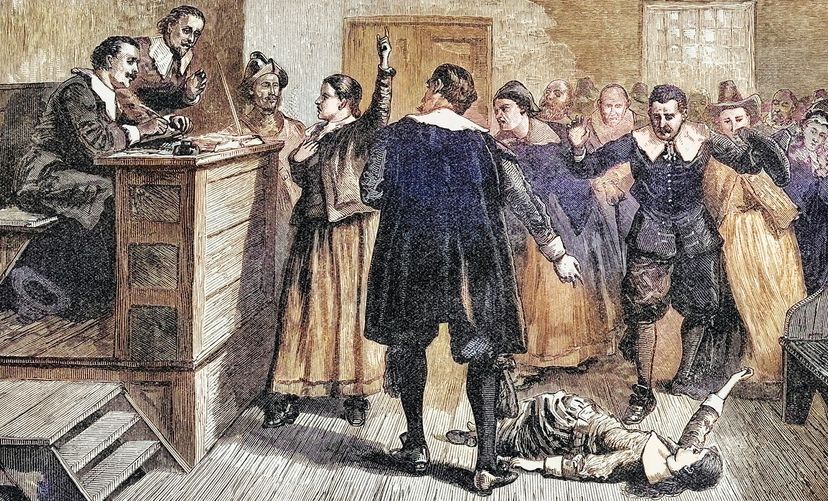
Collective minds seem to have a magical power, and sometimes, not in a good way. Dive into the world of mass hysteria and explore its perplexing, sometimes alarming, nature.
Advertisement

Collective minds seem to have a magical power, and sometimes, not in a good way. Dive into the world of mass hysteria and explore its perplexing, sometimes alarming, nature.
Advertisement
Mass hysteria, also known by its more formal names like mass psychogenic illness, epidemic hysteria, mass sociogenic illness or mass anxiety hysteria, is quite the conundrum. The phenomenon refers to the rapid spread of physical symptoms for which there's no scientific evidence of an organic illness.
Instead, experts believe these symptoms arise from psychological distress or moral panic, often stemming from a shared fear or concern in a large group.
Advertisement
In the middle ages, a curious case of mass motor hysteria hit the town, termed the dancing plague or dancing mania. People spontaneously danced with wild abandon, and the symptoms spread rapidly.
Adolescent girls started showing bizarre behaviors. The community, enveloped in fear, pinned the cause on witchcraft. This era serves as a classic example of how mass hysteria occurred.
Advertisement
In 2006, an enigma unfolded at a boarding school in Chalco, Mexico. Teen girls began to showcase unusual symptoms like difficulty walking, fever and nausea. After extensive evaluations, public health authorities chalked the incident up to mass psychogenic disorder.
They determined that regimented environment and minimal parental interaction — just letters and only three visits a year — could have heightened stress levels. The limited communication access might have been the catalyst for this mass illness.
Today's social media and social network spheres can amplify cases of mass hysteria. High school girls might post about an overwhelming situation, and suddenly, adolescent girls across social sciences streams are sharing the same symptoms.
Take for example an incident where high school girls developed facial tics after one of them did. The media coverage only exacerbated the situation, causing a chain reaction of similar symptoms.
Advertisement
Think of the nocebo effect as the evil twin of the placebo effect. Rather than positivity yielding positive results, negative expectations brew adverse outcomes. For instance, if you believe that sugar-packed donut is a "sugar virus," you might just feel a sugar crash, even if it's sugar-free!
The nocebo effect is often tied to drug side effects, potentially costing the U.S. health system billions annually [source: Washington Post]. People's perceptions, be it of a drug's side effects or even the color of a pill, can influence their reactions [source: Washington Post].
Advertisement

Advertisement
Understanding mass hysteria and distinguishing it from genuine organic illnesses is crucial for healthcare professionals and family physicians. The key lies in identifying the root cause and removing individuals from the stress-inducing environment. Counseling and appropriate psychological medicine can also prove beneficial.
From the middle ages to present day, mass hysteria has taken different forms, affecting various age groups and communities. As our understanding deepens, perhaps we'll inch closer to deciphering the protean nature of this phenomenon.
Advertisement
This article was updated in conjunction with AI technology, then fact-checked and edited by a HowStuffWorks editor.
Please copy/paste the following text to properly cite this HowStuffWorks.com article:
Advertisement